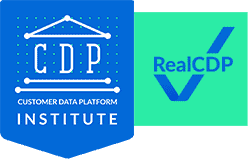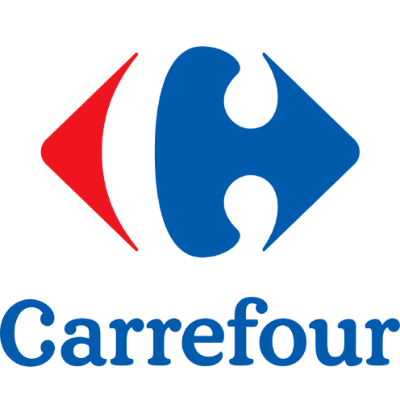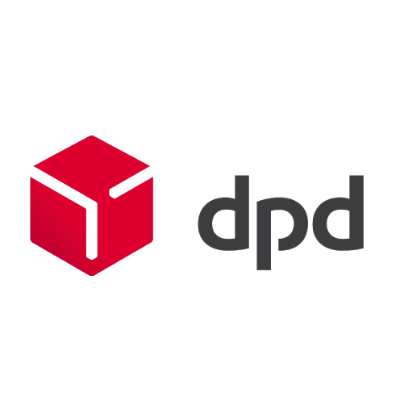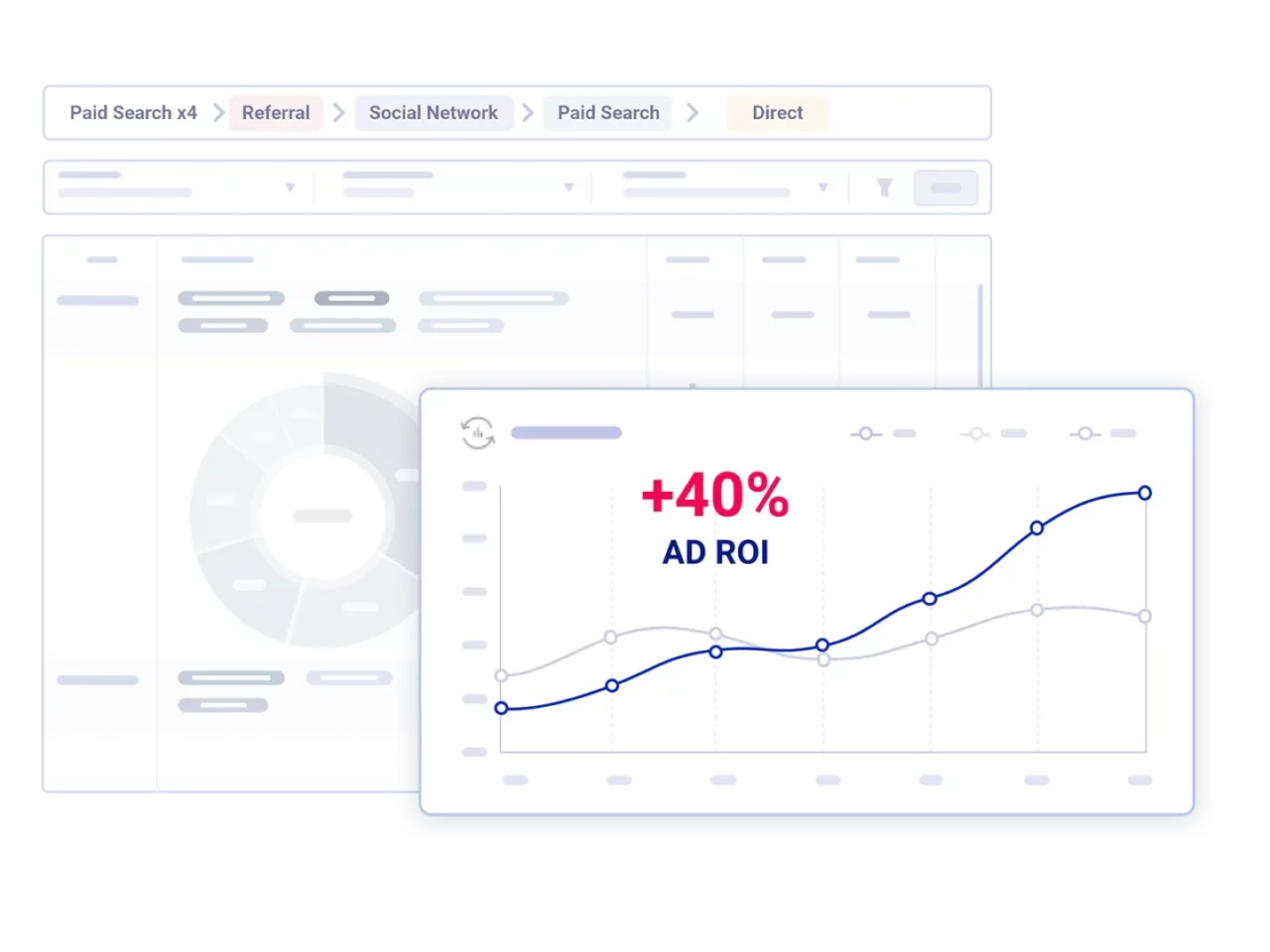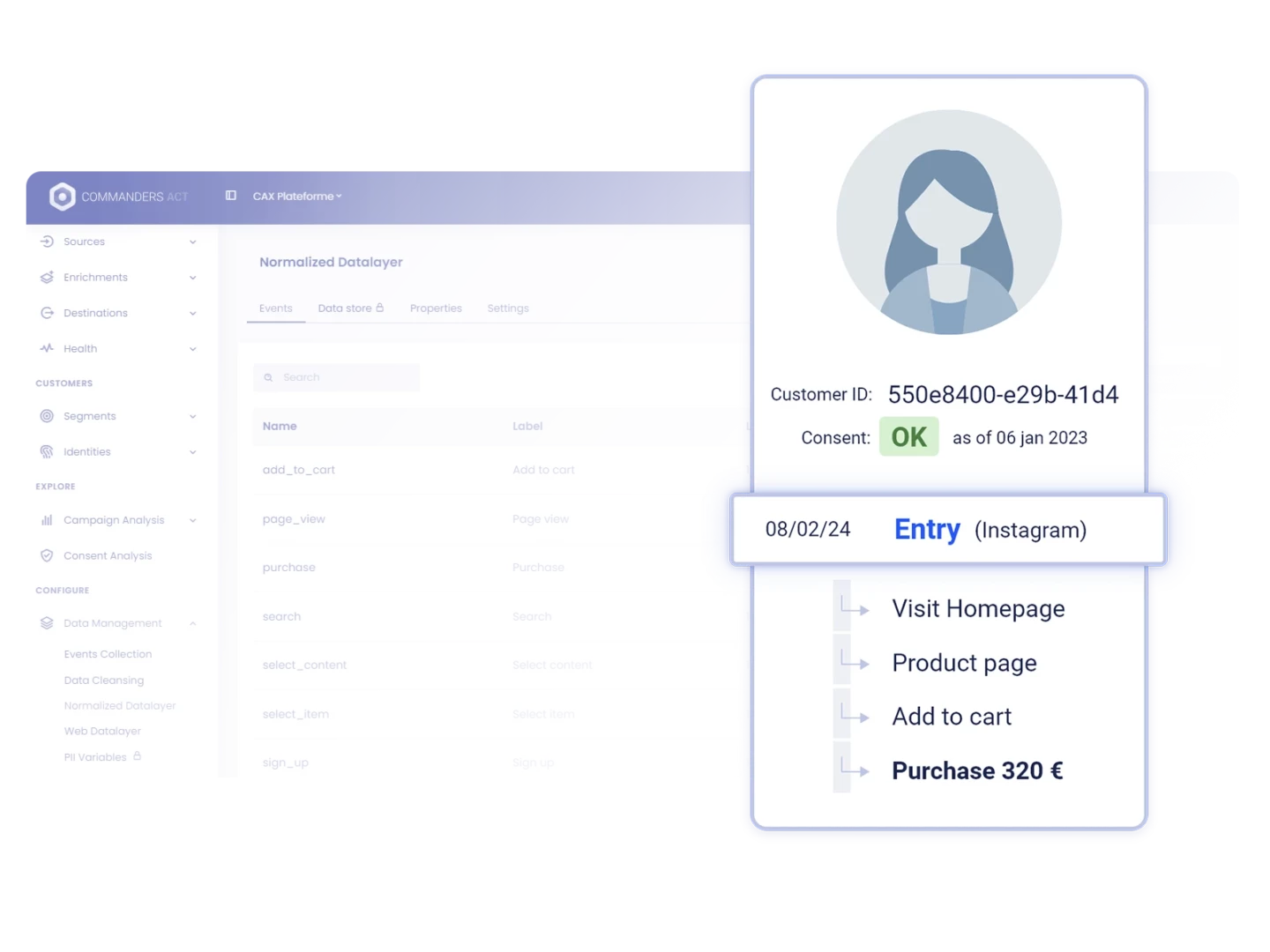Europe’s Leading
Cookieless Marketing Data Platform
500+ leading companies are using Commanders Act Platform X to collect, analyse and activate marketing data with the goal of optimizing business growth.

Improved Data
Collection
Cross Device
Matching
Ad Return
on Investment
JOIN THE 500+ COMPANIES USING OUR PLATFORM

A single enterprise-grade platform to drive business growth
Trusted customer data fuels better experiences
and increases ad budget efficiency

Trusted Data Collection & Delivery
Collect customer data in a privacy-compliant cookieless environment using our Client- & Server-side 1st-party tracking beacons.
Cookie KeEper
GTM-READY server side INTEGRATION
ACTIVATE GEC & CAPIS
COLLECT, OPTIMIZE, ACTIVATE
Leverage Trusted, Compliant Data to Increase Customer Activations & ROI
Trusted First-Party Data Collection
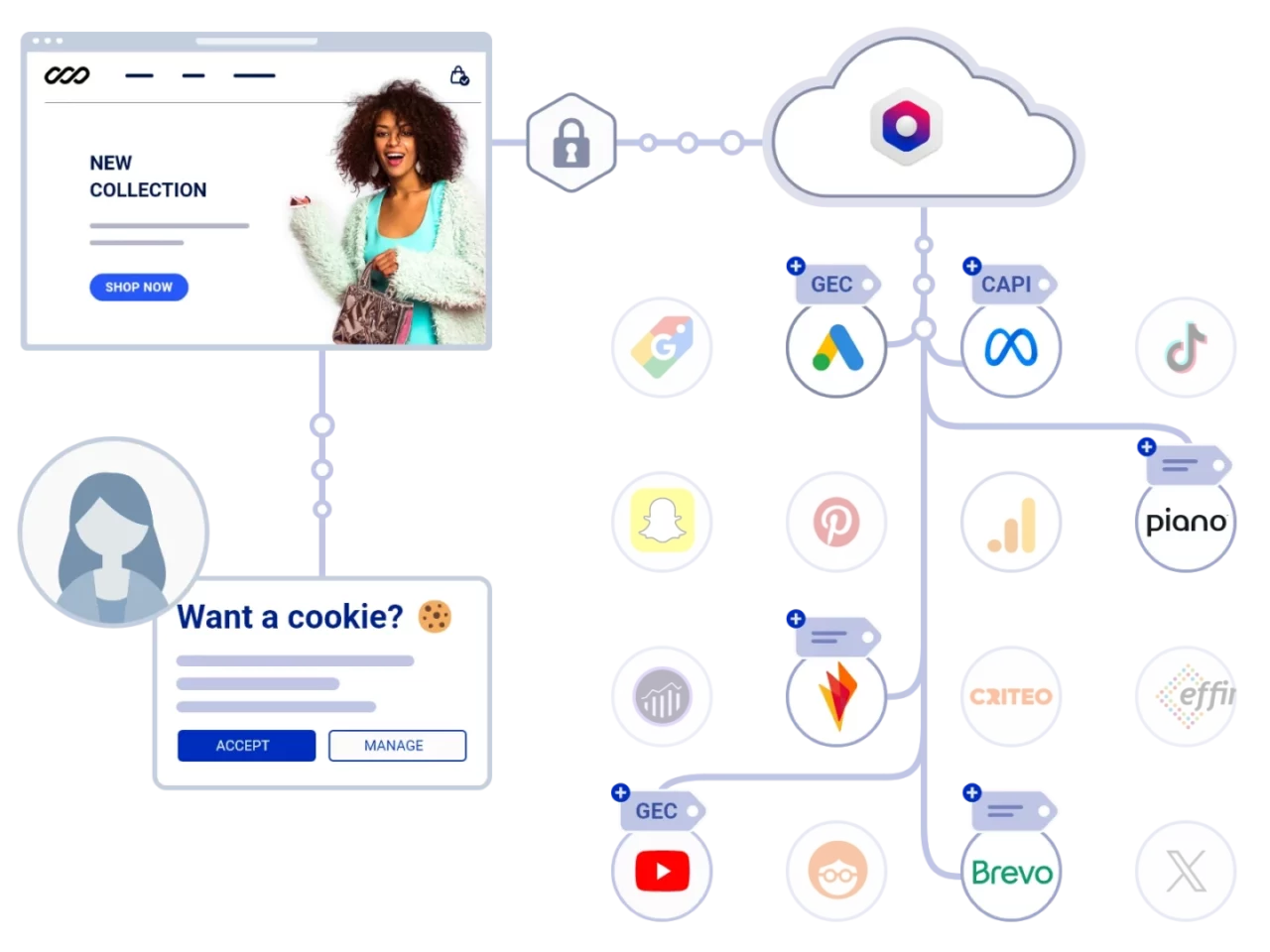
Ad Budget Optimization
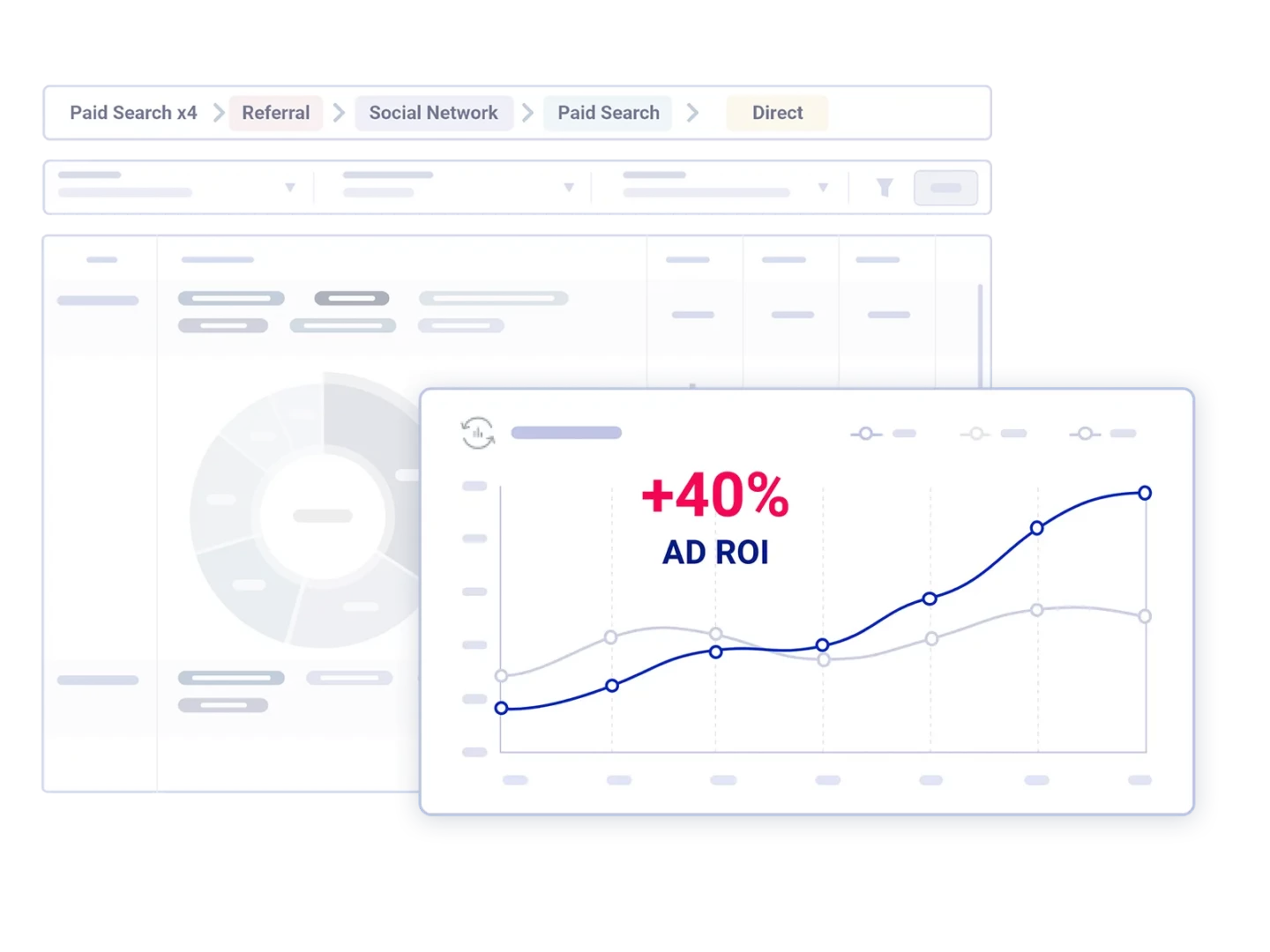
Customer Profiling & Activation
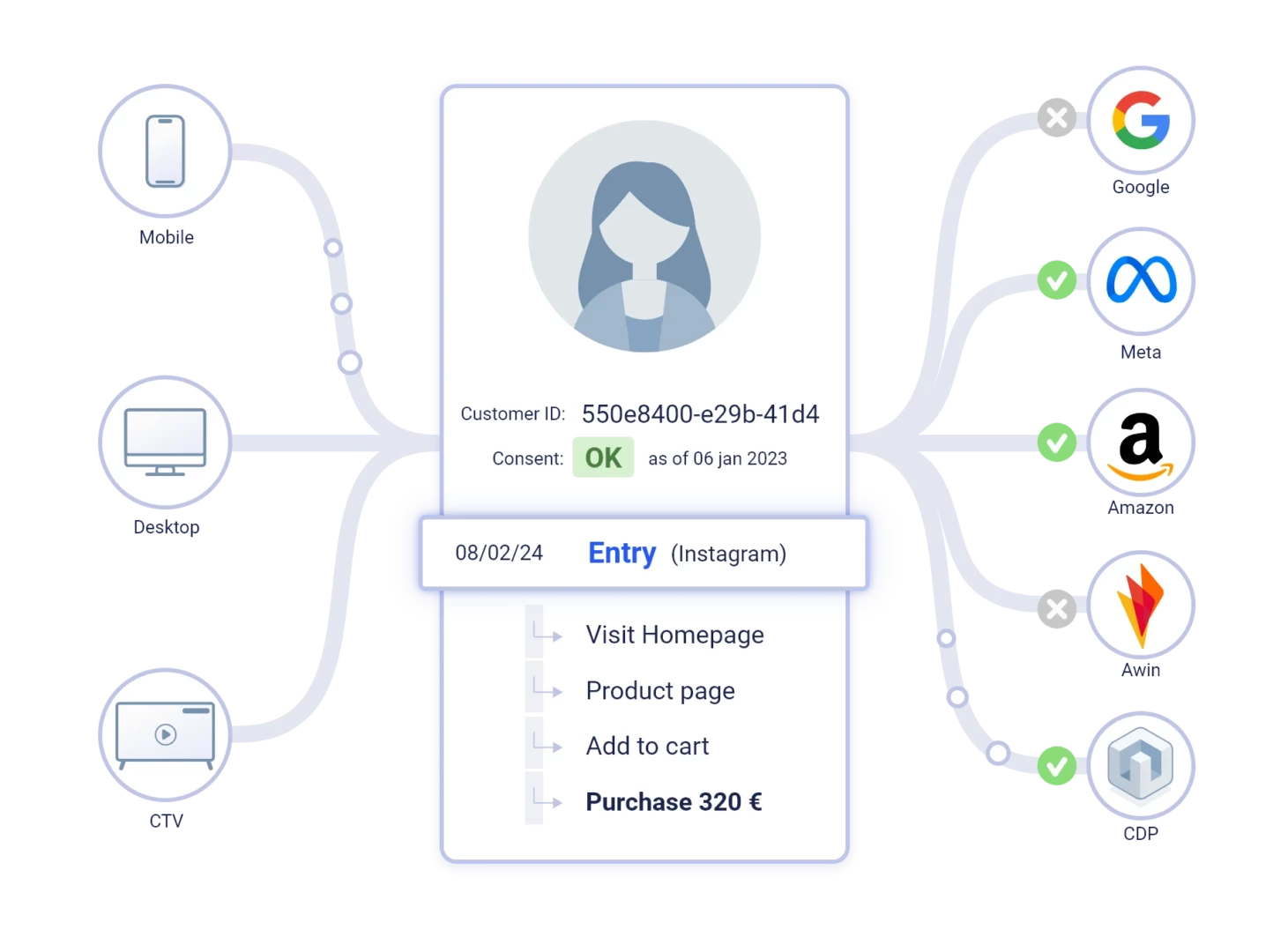

1200+ Connectors
Let Your Data
Tell a Better Story
Trusted By


